| Location of stone: Melanchtonplatz 1 | District: Steinbühl |
| Sponsor: (Werner) Meier Schwarz | Laying of stone: 21 July 2006 |
Biographies
In 2006 the Israeli biologist Prof. Dr. Meier Schwarz, born in Nuremberg in 1926, had stumbling stones laid for his parents and brother, who all died during the National Socialist period. He was the only one who was able to flee to another country.
Ludwig Schwarz was born on 25 June 1877 in Egenhausen near Bad Windsheim. He married Meta Stern, born on 8 February 1889 in Wiesenbach near Rothenburg ob der Tauber. The couple moved to Nuremberg, where Ludwig worked as a trader and company representative.
In the second half of the 19th century the population of Nuremberg increased fivefold to number 250,000 people. Many came from the countryside to seek a better life in the industrial metropolis. They included numerous Jewish families from small Franconian towns who, due to anti-Jewish legislation, had been forbidden for centuries to settle in the imperial city. Only when Nuremberg was incorporated into the Kingdom of Bavaria in 1806 were these religiously motivated barriers gradually removed. Jews finally obtained legal equality with the establishment of the German Reich in 1871.
In the First World War Ludwig Schwarz served as an officer in the 6th Bavarian Reserve Infantry Regiment and was awarded the Iron Cross 1st Class. For a time he was Julius Streicher’s superior. Streicher was later to become Gauleiter of Central Franconia and publisher of the anti- Semitic smear-sheet “Der Stürmer” (“The Stormer”).
From 1920 onwards the Ludwig and Meta lived on the first floor of the house at Melanchtonplatz 1. They owned this property and two others in Nuremberg. Their son Joseph was born there on 25 May 1921, their son Werner on 28 January 1926.
Ludwig Schwarz was chairman of the orthodox community “Adas Israel” in Nuremberg. During a journey that he undertook on 2 September 1937 he was shot dead by National Socialists at Rottendorf railway station near Würzburg.
In the course of the so-called “Aryanisation”, his widow was forced to sell the three family houses and other possessions at very low prices. After a long illness Meta Schwarz died on 11 April 1940 in the Jewish hospital in Fürth. On the death certificate, “shortage of medicine” is given as the cause of death, “heart attack” is recorded on the card in the residents’ files.
After the death of his mother, Joseph attended the “Hakhshara” in Neundorf am Sand near Fürstenwalde in Brandenburg. This was an agricultural training centre, where Jews prepared themselves for settlement in Palestine. The “Hakhshara” belonged to US citizens, which meant that, for a time, it was safe from attacks from the National Socialist regime. In spring 1943 the centre was closed. Joseph was deported to Auschwitz on 19 April 1943 and murdered there.
Only Werner (Meier is his Jewish first name) Schwarz survived the Holocaust. In July 1939, aged 13, a Kindertransport (children’s transport) brought him to a home in Jerusalem.
- Meier Schwarz: Der Synagogensucher. Lebenserinnerungen zwischen Nürnberg und Palästina. Nuremberg 2006.
- Nuremberg City Archives, C 21/X No. 8 registration cards.
- Nuremberg City Archives (ed.), Gedenkbuch für die Nürnberger Opfer der Schoa (Quellen zur Geschichte und Kultur der Stadt Nürnberg, vol. 29), Nurnberg 1998, p. 313.
- http://www.schoah.org/zeitzeugen/schwarz.htm [accessed on 15 April 2021].

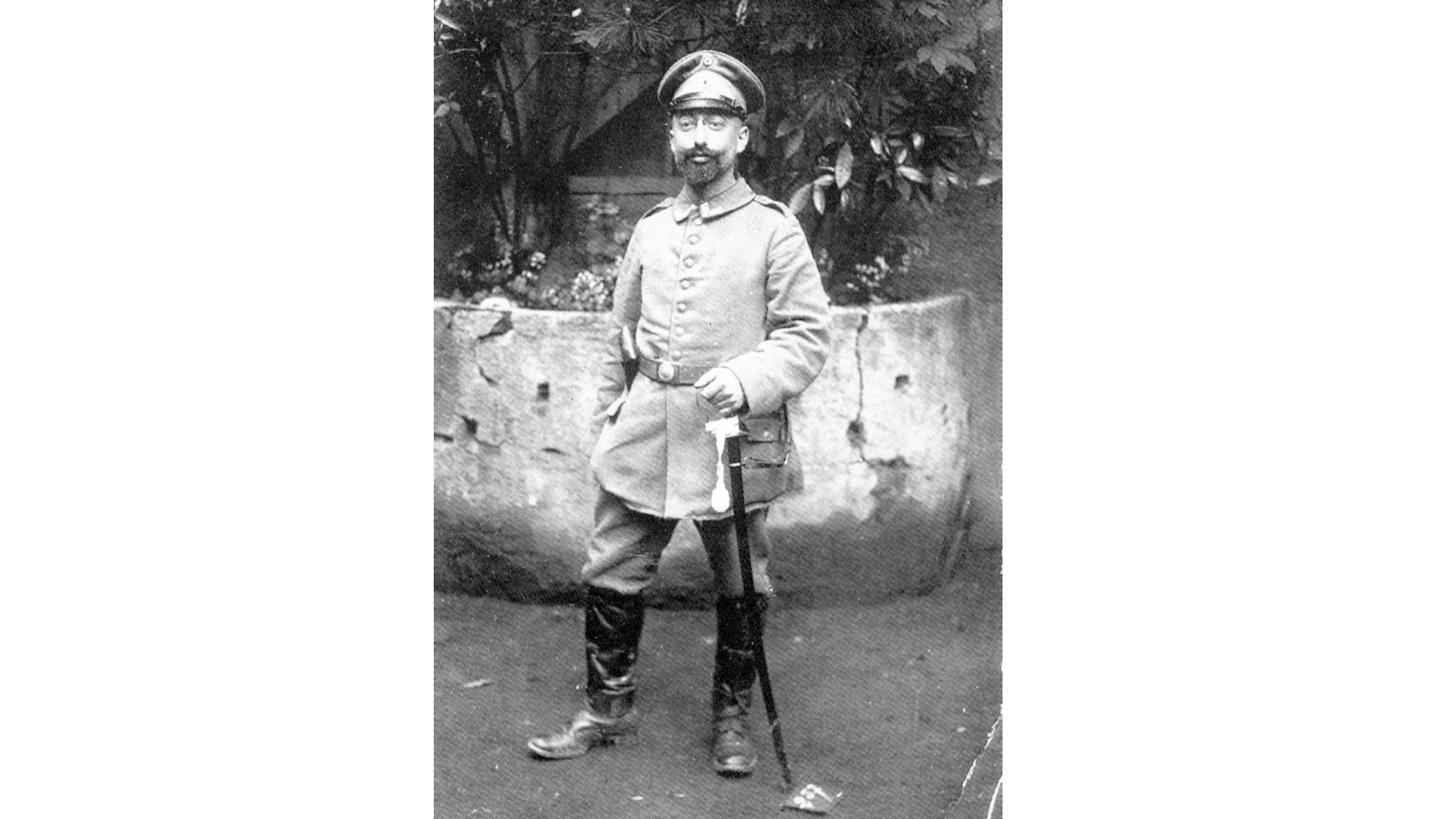
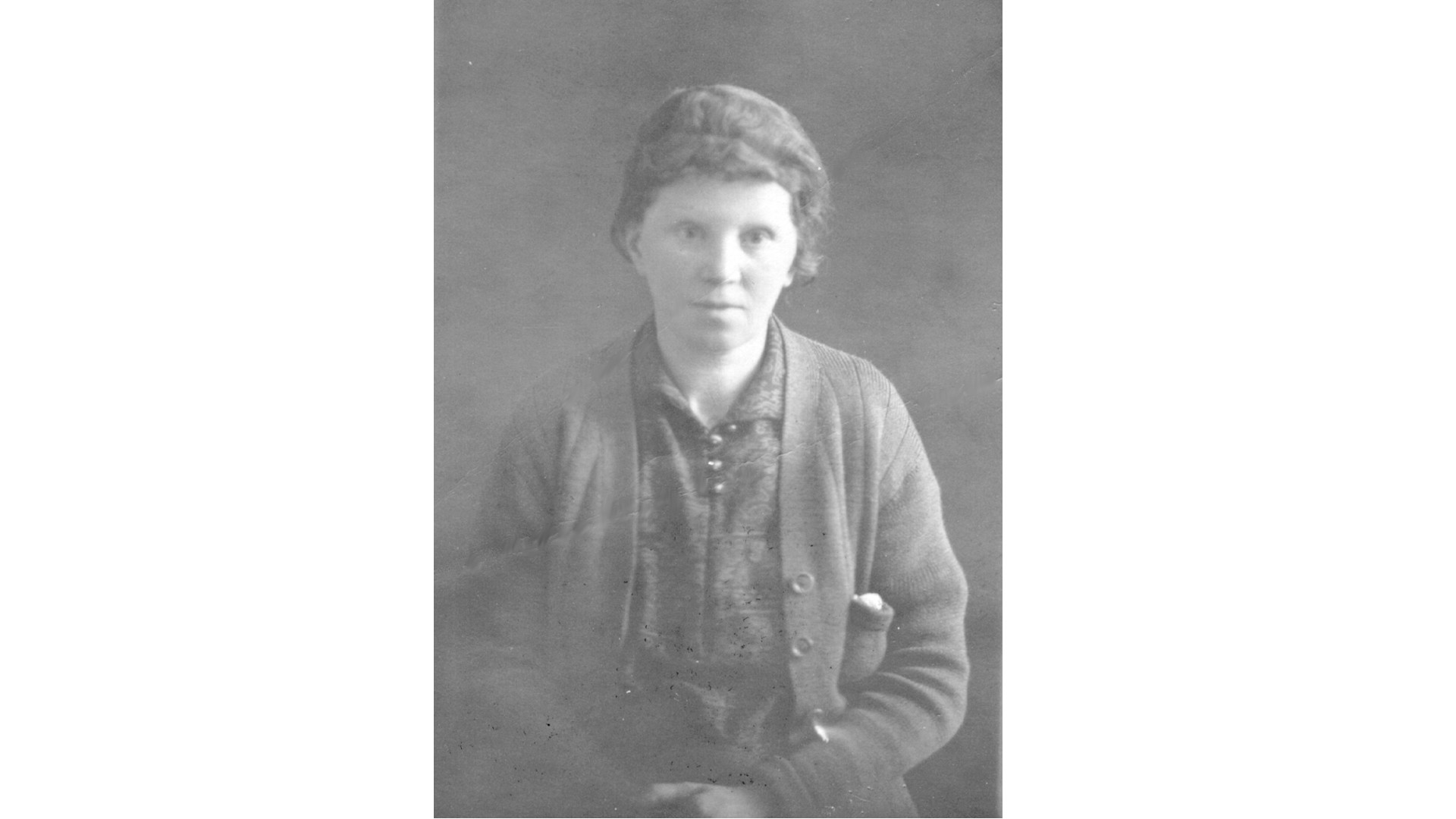
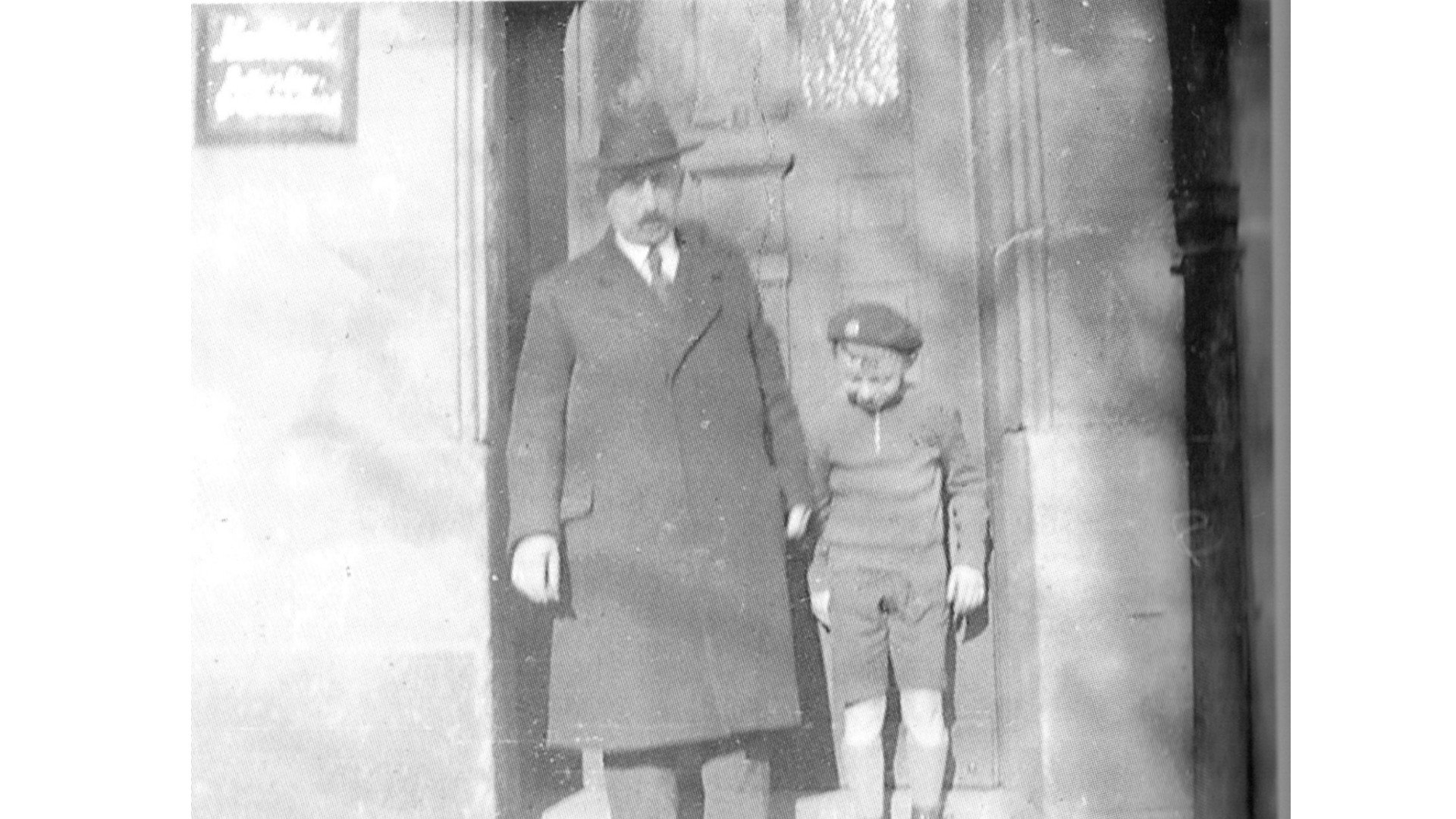
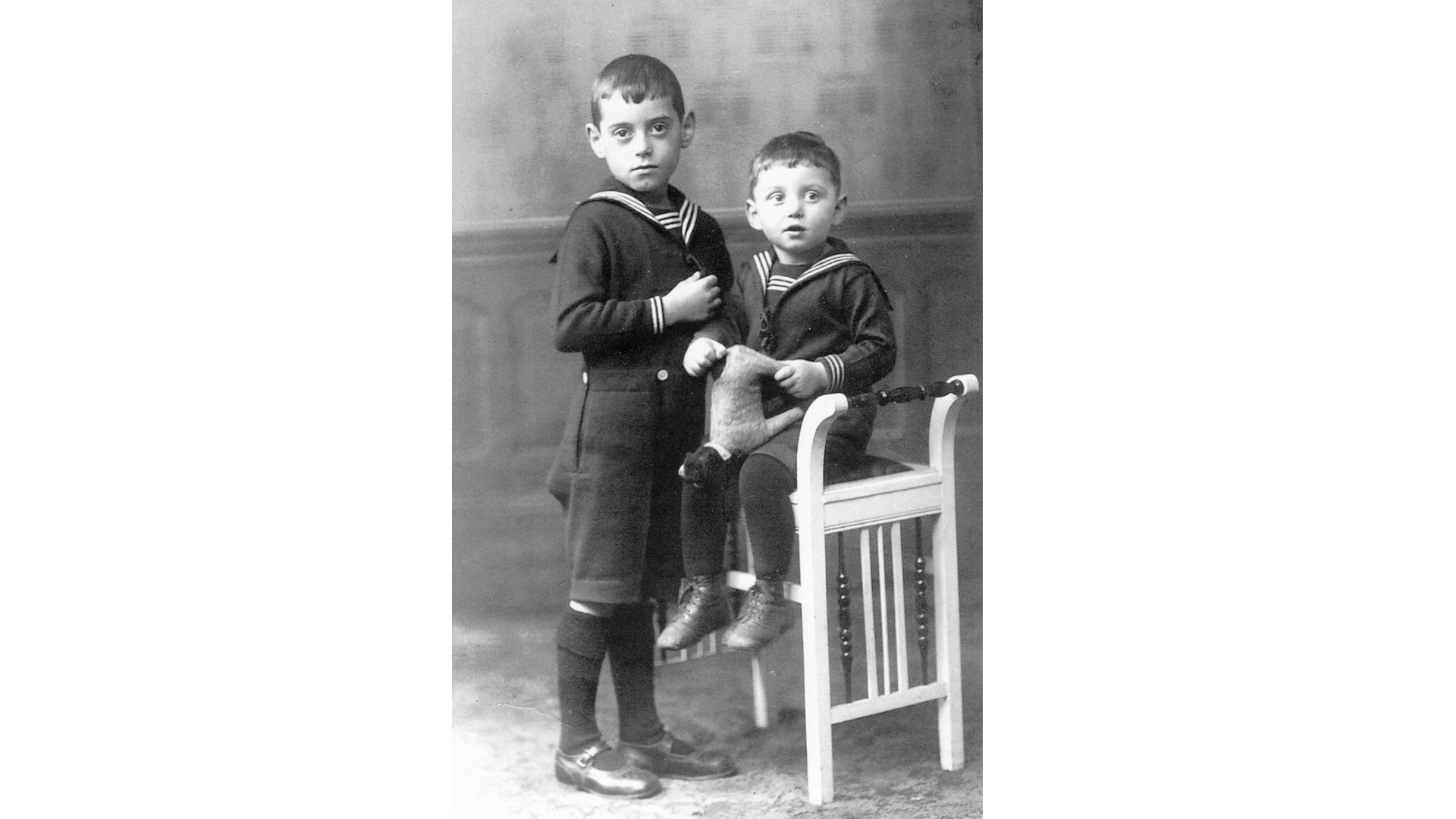
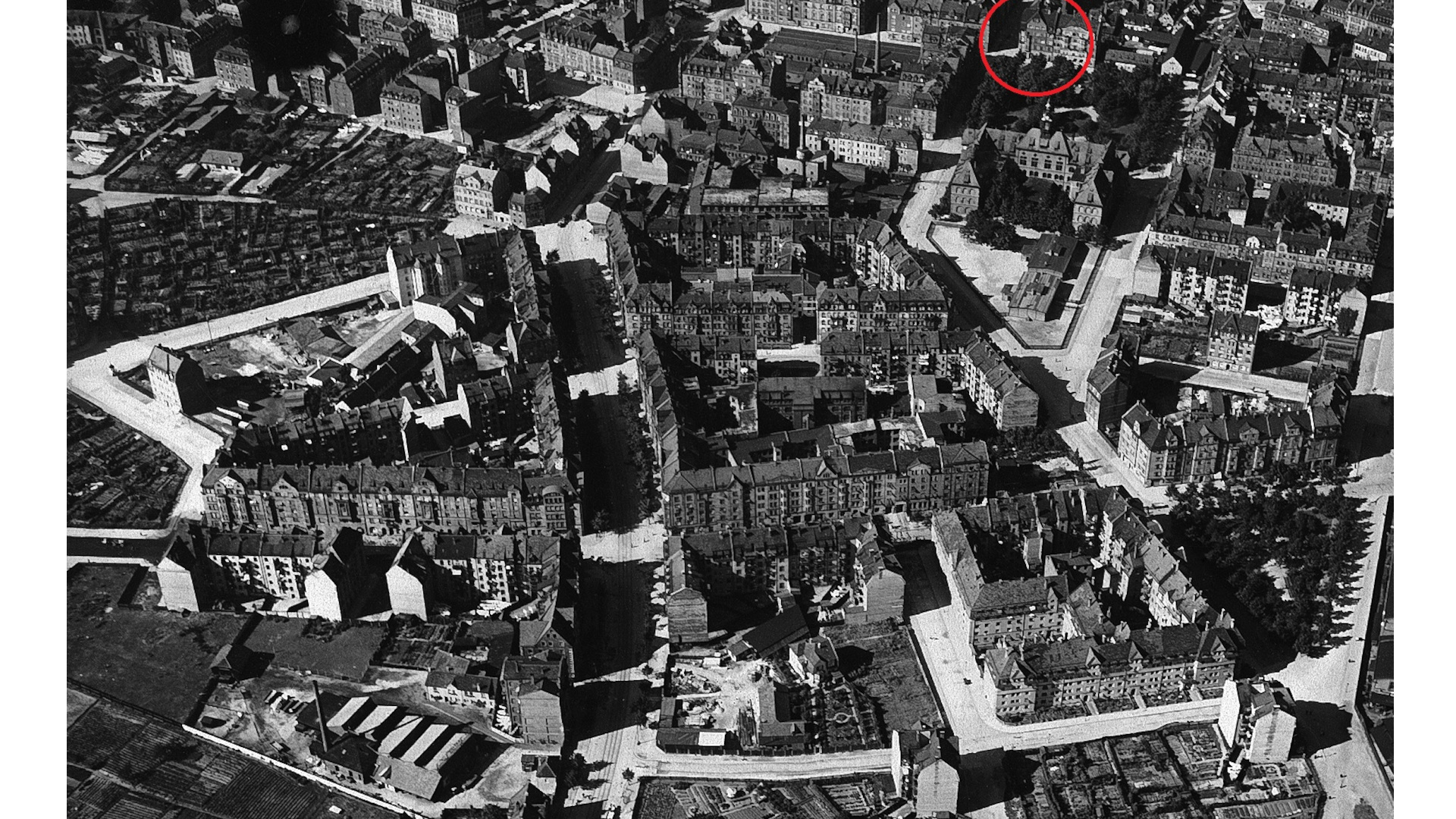
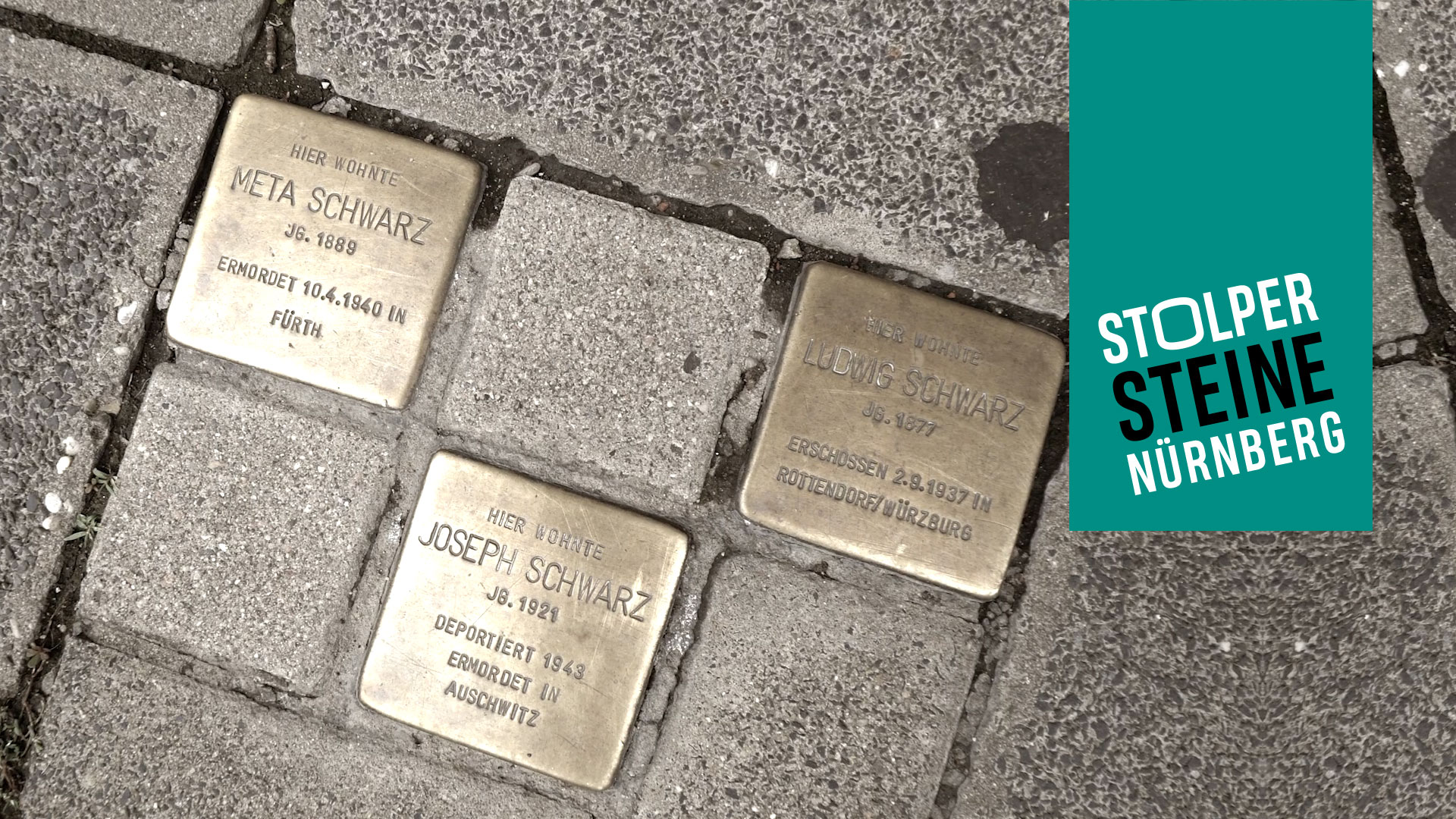

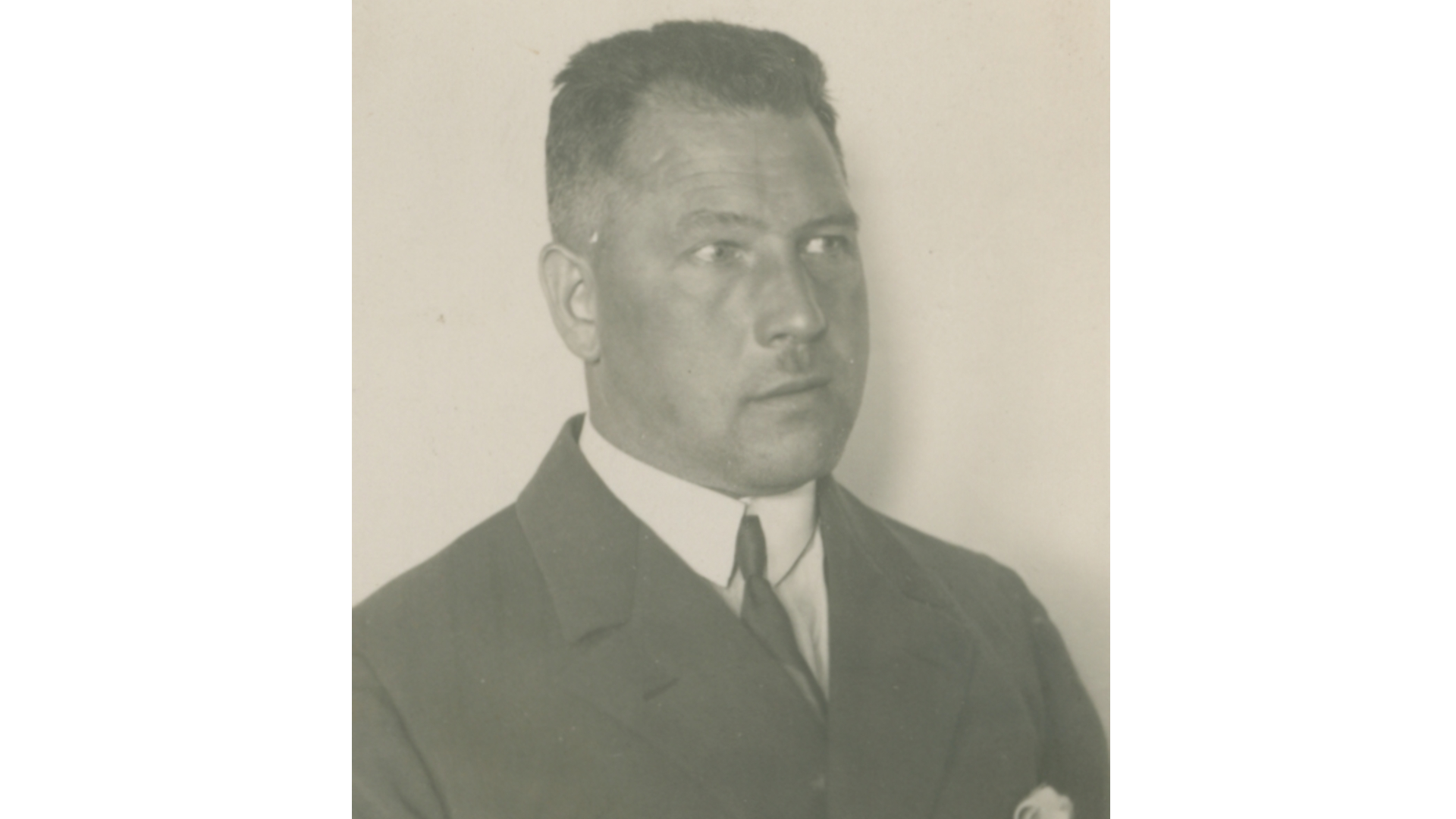
![[Translate to English:] [Translate to English:]](/fileadmin/Stolpersteine/Portraits/Klugmann_David.jpg)


